STRONG BACK: HOW TO AVOID MUSCULAR IMBALANCES
Blog #3 of 7 in series by Angelica Avolio
Being a pole dancer also means having an impressive back strength: this sport in fact requires a lot of back pulling motions, from climbing the pole to spins. This works your back muscles to an impressive level and enables you to perform cool tricks and combos. However, all this pulling may mean that some other muscles are being neglected or not stimulated as much, leading to muscular imbalances and potential postural issues and injuries. Plus, despite it being true that pole dance requires a lot of pulling, as you progress in this sport, more and more pushing is required, like when performing some more complex inverts. And if you are going to perform at a competition, you want to make sure you throw in as many advanced moves as you can, don’t you? In this article we will discuss how to counterbalance all the pulling involved in pole fitness so to make you stronger and prevent injuries.

PUSH EXERCISES: WHAT ARE THEY AND WHICH ONES TO DO?
Pulling exercises predominantly involve the activation of our back muscles. On the contrary, pushing exercises mainly involve the activation of our arms and chest muscles. Getting stronger at these types of exercises is very important to enable you to progress onto expert pole dance moves, as you are often required to push your body away from the pole whilst still maintaining the correct posture. Some of the most popular exercises used as conditioning for this purpose are push ups, bench presses, chest presses and overhead presses. All these exercises require you to push a weight away from the body before moving it back to the midline.

BUT DON’T FORGET TO STILL WORK ON YOUR BACK
Working on push exercises that strengthen our arms and chest is great to overcome muscular imbalances, postural issues or injuries. However, in order to keep the muscular balance right, don’t forget to still work on your back strength in your conditioning sessions. Keeping up with your pulling strength also makes climbing the pole easier, and we all know that every routine includes at least one climb! Pull exercises can be performed with dumbbells, kettlebells, cables or bars, and involve all those exercises where the weight is moved from further away towards the midline (basically, the opposite of push exercises!) and include cable rows, face pulls, renegade rows and Pendley rows.

When it comes to pole dance, you will already indirectly focus a lot of your training on developing back strength through pulling motions. However, as we mentioned in this article, it is very important to also work on balancing out the strength in the rest of your upper body to prevent muscular unbalances. But also, don’t forget about all those amazing new skills you can learn if you improve your push strength and that can really give you the extra edge to win your competition!
REFERENCES
Ellenbecker, T.S., Pluim, B., Vivier, S. and Sniteman, C., 2009. Common injuries in tennis players: exercises to address muscular imbalances and reduce injury risk. Strength & Conditioning Journal, 31(4), pp.50-58.
